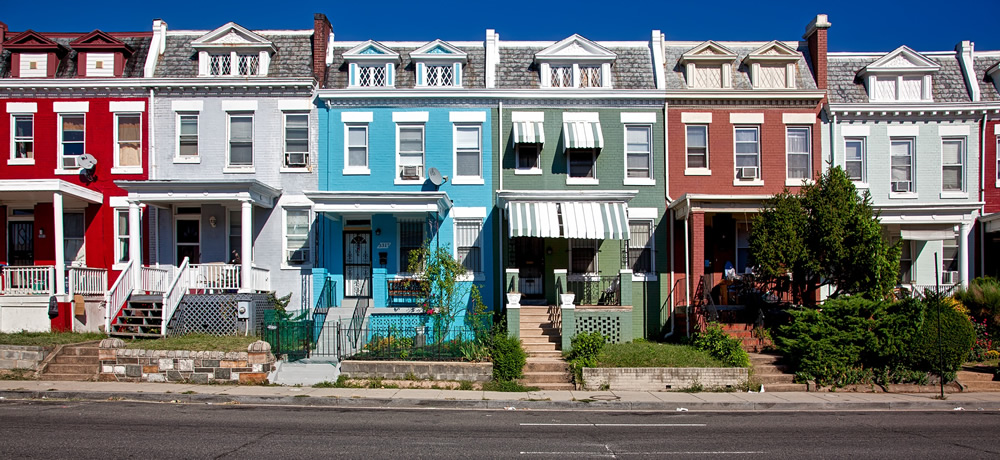 The National Flood Insurance Program (NFIP) is slated to expire at the end of September. Since 2004, it has racked up more than $24 billion in debt — most recently due to 19 major flooding episodes across the country last year. This year’s tragic hurricane season is only more cause for worry among lobbyists and lawmakers on the topic of new NFIP legislation.
The National Flood Insurance Program (NFIP) is slated to expire at the end of September. Since 2004, it has racked up more than $24 billion in debt — most recently due to 19 major flooding episodes across the country last year. This year’s tragic hurricane season is only more cause for worry among lobbyists and lawmakers on the topic of new NFIP legislation.
As Congress negotiates a reauthorization package — or at least a short-term extension — before the end of the month, they are considering options such as doubling the Increased Cost of Compliance mitigation funding and providing premium reductions for multi-family housing properties that invest in certain alternative methods of flood mitigation or pre-disaster mitigation.
Regardless of whether costs come from premiums or retrofitting properties to higher 100-year flood elevation standards, it makes sense that not-for-profit property developers and management companies are planning ahead for a reauthorized NFIP.
The fact that the private insurance market is willing to get more involved in flood insurance coverage could provide alternative sources for multi-family housing flood risk management. New elements of the NFIP could also provide some relief to the bottom line costs of insurance, remodeling or new construction.
In the meantime, if your not-for-profit organization is looking for ways to reduce operating expenses beyond property flood insurance coverage, talk to LvHJ about our experience with affordable housing and not-for-profit organizations. We continue to monitor issues like this in the industry to support our clients beyond audits and tax reporting. Visit our Not-for-Profits page.








